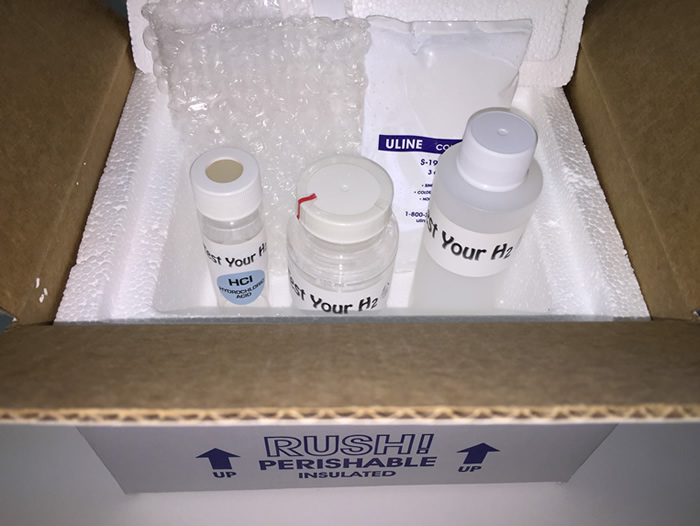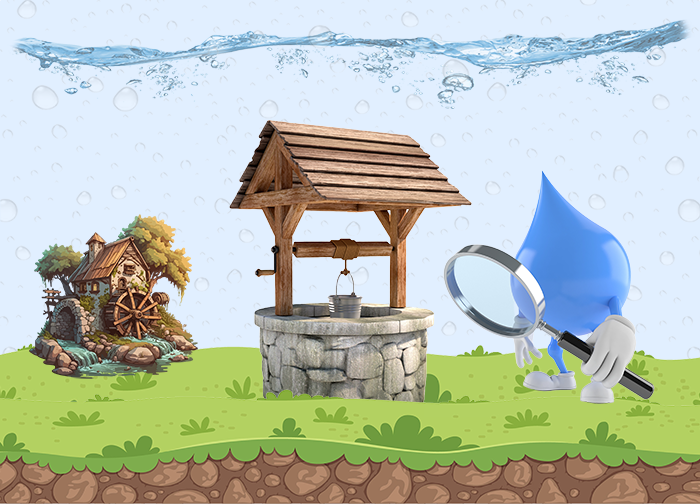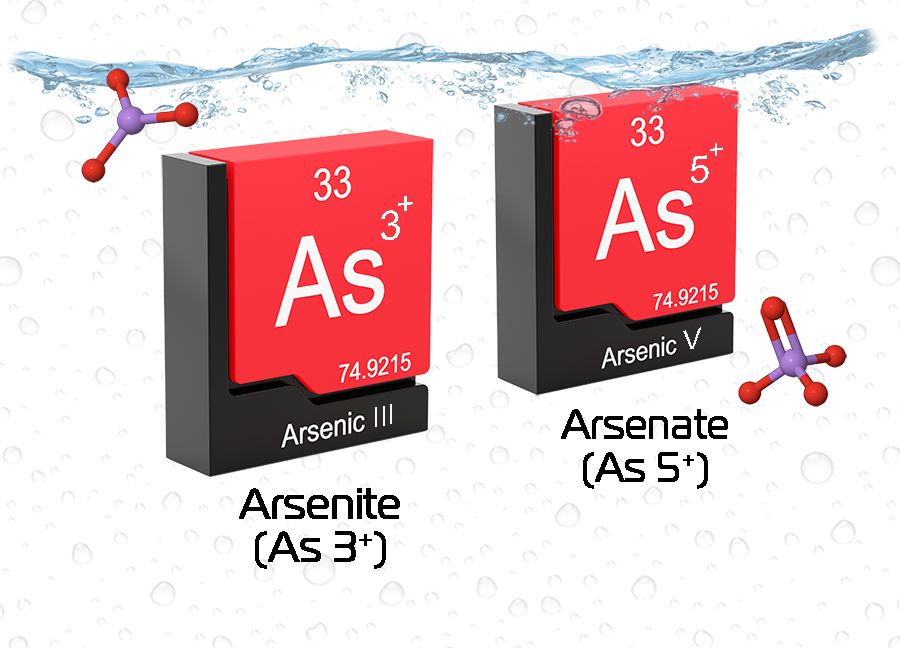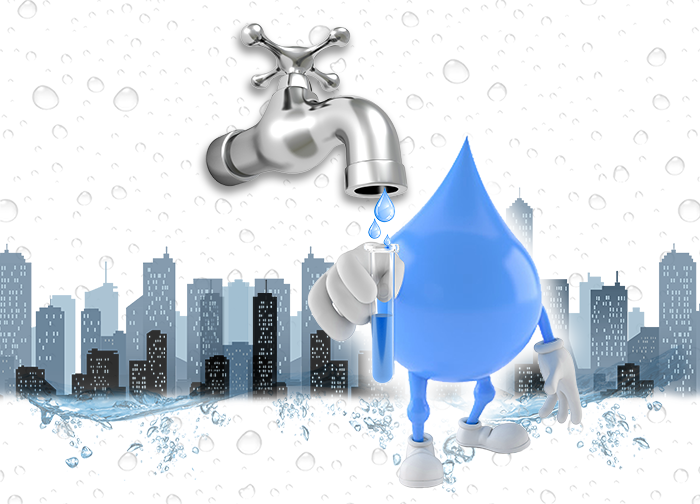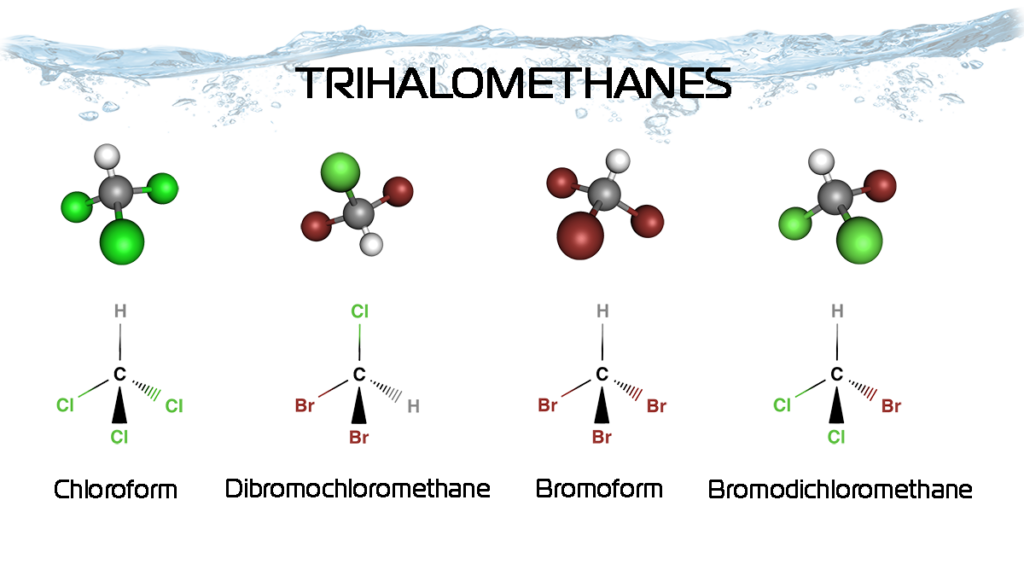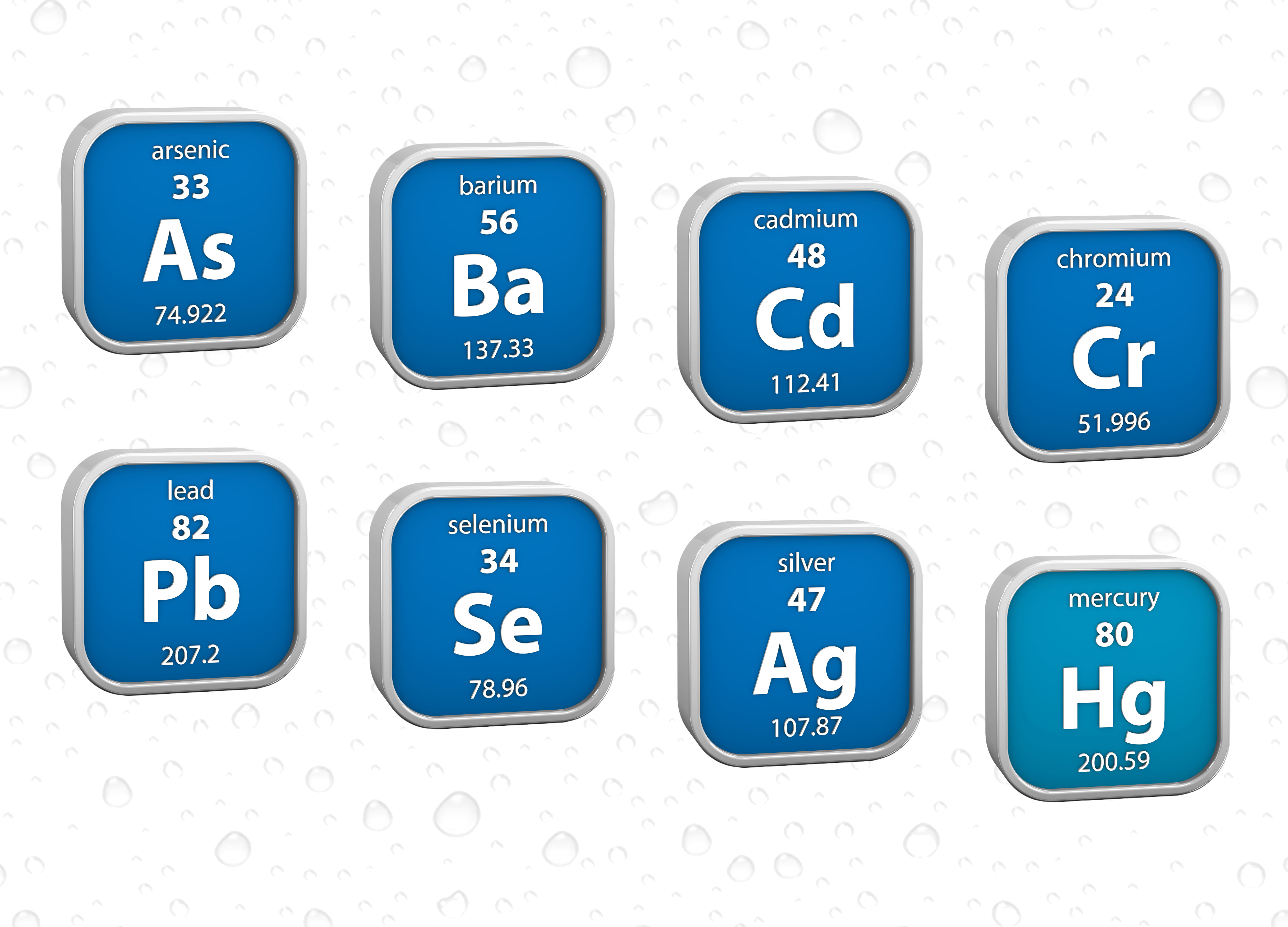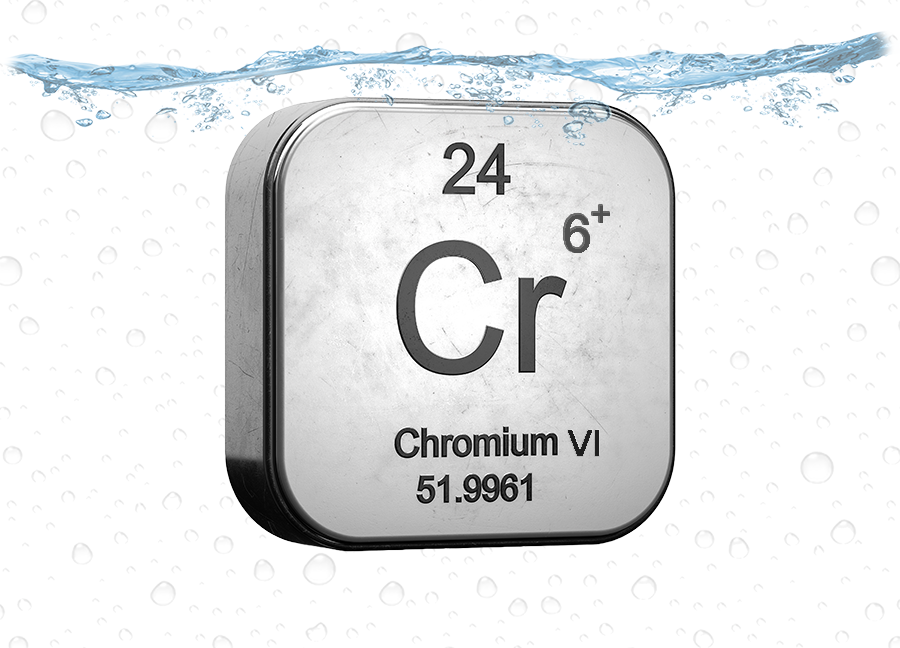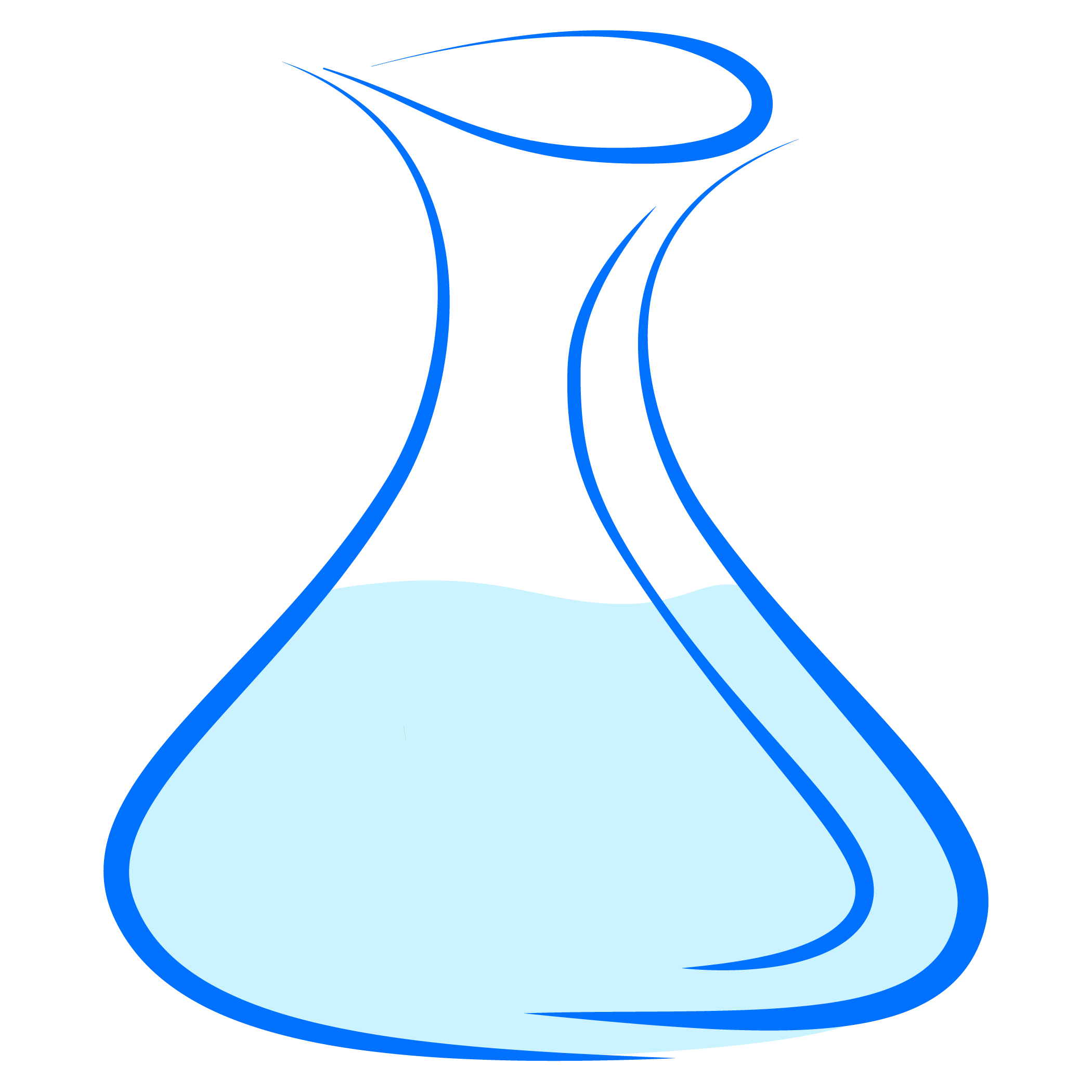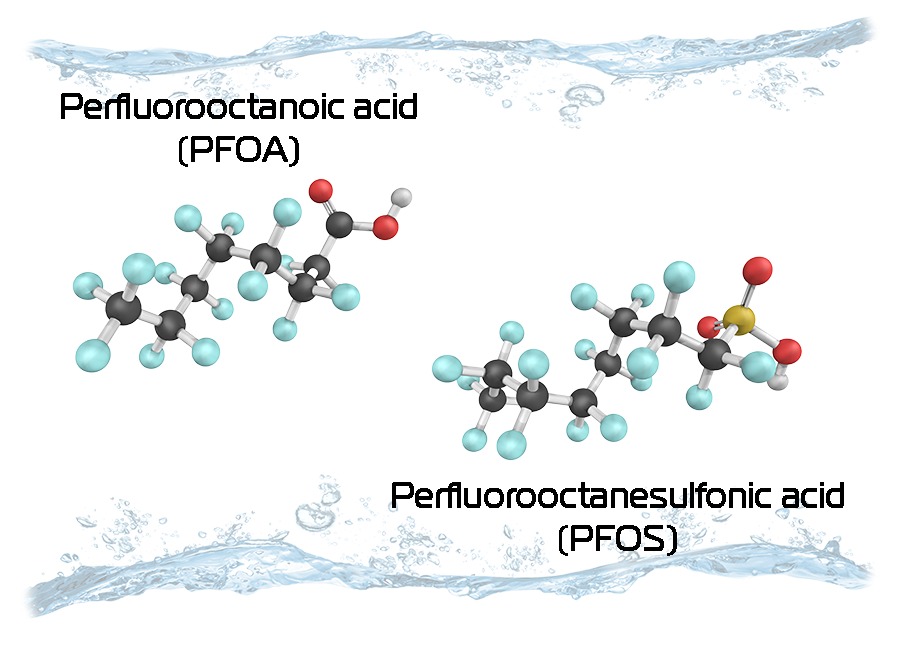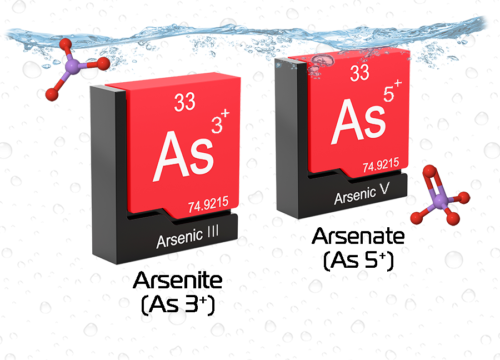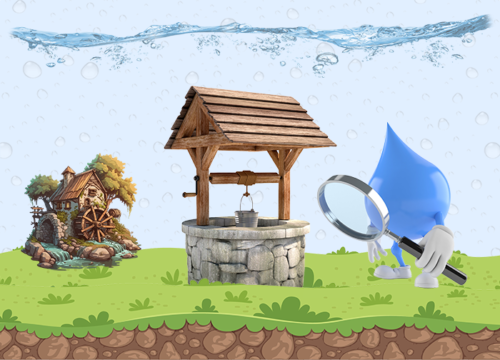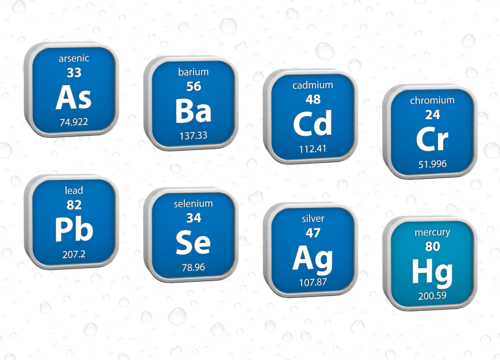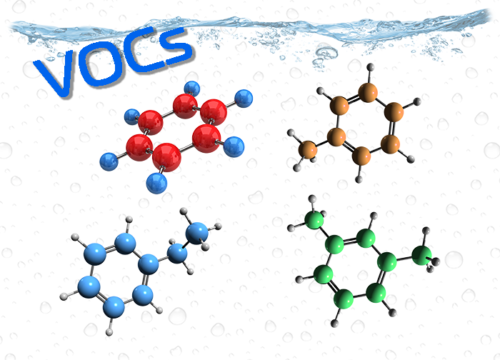-
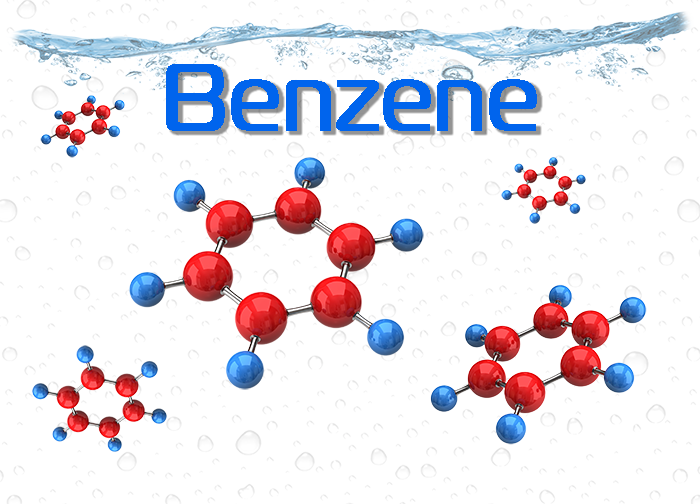 Quick ViewWHAT IS BENZENE? Benzene, also known as benzol, is a colorless liquid with a sweet odor. Benzene evaporates into air very quickly and dissolves slightly in water. Benzene is highly flammable. Most people can begin to smell benzene in air at approximately 60 parts of benzene per million parts of air (ppm) and recognize it as benzene at 100 ppm. Most people can begin to taste benzene in water at 0.5– 4.5 ppm. One part per million is approximately equal to one drop in 40 gallons. Benzene is found in air, water, and soil. Benzene comes from both industrial and natural sources. INDUSTRIAL SOURCES AND USES Benzene was first discovered and isolated from coal tar in the 1800s. Today, benzene is made mostly from petroleum. Because of its wide use, benzene ranks in the top 20 in production volume for chemicals produced in the United States. Various industries use benzene to make other chemicals, such as styrene (for Styrofoam® and other plastics), cumene (for various resins), and cyclohexane (for nylon and synthetic fibers). Benzene is also used in the manufacturing of some types of rubbers, lubricants, dyes, detergents, drugs, and pesticides. NATURAL SOURCES OF BENZENE Natural sources of Benzene, which include gas emissions from volcanoes and forest fires, also contribute to the presence of benzene in the environment. Benzene is also present in crude oil and gasoline and cigarette smoke. Source: https://www.epa.gov/sites/default/files/2014-03/documents/benzene_toxicological_profile_tp3_3v.pdf Sample Kit Shipping, Turnaround Time, and Reporting Once you place your order, you will receive your water testing kit within 5-7 business days. Follow the water sampling instructions included in the kit and return the kit using the pre-paid return shipping label. Once your sample is received by our laboratory, you will receive your results within 5-working days. Your analytical data reports are emailed in .pdf format. Note: The reported analytical data contained within the Benzene test report are NOT to be used for compliance purpose.
Quick ViewWHAT IS BENZENE? Benzene, also known as benzol, is a colorless liquid with a sweet odor. Benzene evaporates into air very quickly and dissolves slightly in water. Benzene is highly flammable. Most people can begin to smell benzene in air at approximately 60 parts of benzene per million parts of air (ppm) and recognize it as benzene at 100 ppm. Most people can begin to taste benzene in water at 0.5– 4.5 ppm. One part per million is approximately equal to one drop in 40 gallons. Benzene is found in air, water, and soil. Benzene comes from both industrial and natural sources. INDUSTRIAL SOURCES AND USES Benzene was first discovered and isolated from coal tar in the 1800s. Today, benzene is made mostly from petroleum. Because of its wide use, benzene ranks in the top 20 in production volume for chemicals produced in the United States. Various industries use benzene to make other chemicals, such as styrene (for Styrofoam® and other plastics), cumene (for various resins), and cyclohexane (for nylon and synthetic fibers). Benzene is also used in the manufacturing of some types of rubbers, lubricants, dyes, detergents, drugs, and pesticides. NATURAL SOURCES OF BENZENE Natural sources of Benzene, which include gas emissions from volcanoes and forest fires, also contribute to the presence of benzene in the environment. Benzene is also present in crude oil and gasoline and cigarette smoke. Source: https://www.epa.gov/sites/default/files/2014-03/documents/benzene_toxicological_profile_tp3_3v.pdf Sample Kit Shipping, Turnaround Time, and Reporting Once you place your order, you will receive your water testing kit within 5-7 business days. Follow the water sampling instructions included in the kit and return the kit using the pre-paid return shipping label. Once your sample is received by our laboratory, you will receive your results within 5-working days. Your analytical data reports are emailed in .pdf format. Note: The reported analytical data contained within the Benzene test report are NOT to be used for compliance purpose. -
 Quick ViewColiforms are bacteria that are always present in the digestive tracts of animals, including humans, and are found in their wastes. They are also found in plant and soil material. Our testing procedure detects both total coliforms and e. coli bacteria.
Quick ViewColiforms are bacteria that are always present in the digestive tracts of animals, including humans, and are found in their wastes. They are also found in plant and soil material. Our testing procedure detects both total coliforms and e. coli bacteria.REPORTING:
Results are reported as either "Present" or "Absent". Positive results are indicated as "Present", and negative results are indicated as "Absent" on your report. Sample Kit Shipping, Turnaround Time, and Reporting Once you place your order, you will receive your water testing kit within 5-7 business days. Follow the water sampling instructions included in the kit and return the kit using the pre-paid return shipping label. Once your sample is received by our laboratory, you will receive your results within 5-working days. Your analytical data reports are emailed in .pdf format. Note: The reported analytical data contained within the microbiological testing water test report are NOT to be used for compliance purpose. -
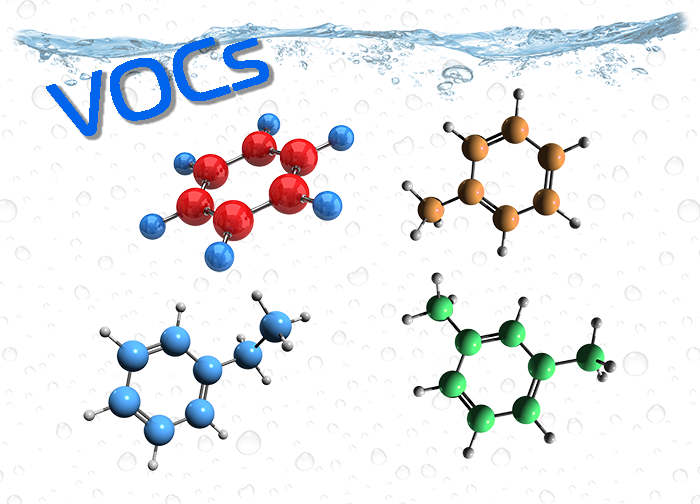 Quick ViewVolatile Organic Compounds are compounds that have a high vapor pressure and low water solubility. Many VOCs are human-made chemicals that are used and produced in the manufacture of paints, pharmaceuticals, and refrigerants.VOCs typically are industrial solvents, such as trichloroethylene; fuel oxygenates, such as methyl tert-butyl ether (MTBE); or by-products produced by chlorination in water treatment, such as Trihalomethanes. VOCs are often components of petroleum fuels, hydraulic fluids, paint thinners, and dry cleaning agents. VOCs are common ground-water contaminants. Volatile organic compounds (VOCs) are emitted as gases from certain solids or liquids. VOCs include a variety of chemicals, some of which may have short- and long-term adverse health effects. Concentrations of many VOCs are consistently higher indoors (up to ten times higher) than outdoors. VOCs are emitted by a wide array of products numbering in the thousands. Examples include: paints and lacquers, paint strippers, cleaning supplies, pesticides, building materials and furnishings, office equipment such as copiers and printers, correction fluids and carbonless copy paper, graphics and craft materials including glues and adhesives, permanent markers, and photographic solutions. Organic chemicals are widely used as ingredients in household products. Paints, varnishes, and wax all contain organic solvents, as do many cleaning, disinfecting, cosmetic, degreasing, and hobby products. Fuels are made up of organic chemicals. All of these products can release organic compounds while you are using them, and, to some degree, when they are stored. Sample Kit Shipping, Turnaround Time, and Reporting Once you place your order, you will receive your water testing kit within 5-7 business days. Follow the water sampling instructions included in the kit and return the kit using the pre-paid return shipping label. Once your sample is received by our laboratory, you will receive your results within 5-working days. Your analytical data reports are emailed in .pdf format. Note: The reported analytical data contained within the Volatile Organic Compounds (VOCs) test report are NOT to be used for compliance purpose.
Quick ViewVolatile Organic Compounds are compounds that have a high vapor pressure and low water solubility. Many VOCs are human-made chemicals that are used and produced in the manufacture of paints, pharmaceuticals, and refrigerants.VOCs typically are industrial solvents, such as trichloroethylene; fuel oxygenates, such as methyl tert-butyl ether (MTBE); or by-products produced by chlorination in water treatment, such as Trihalomethanes. VOCs are often components of petroleum fuels, hydraulic fluids, paint thinners, and dry cleaning agents. VOCs are common ground-water contaminants. Volatile organic compounds (VOCs) are emitted as gases from certain solids or liquids. VOCs include a variety of chemicals, some of which may have short- and long-term adverse health effects. Concentrations of many VOCs are consistently higher indoors (up to ten times higher) than outdoors. VOCs are emitted by a wide array of products numbering in the thousands. Examples include: paints and lacquers, paint strippers, cleaning supplies, pesticides, building materials and furnishings, office equipment such as copiers and printers, correction fluids and carbonless copy paper, graphics and craft materials including glues and adhesives, permanent markers, and photographic solutions. Organic chemicals are widely used as ingredients in household products. Paints, varnishes, and wax all contain organic solvents, as do many cleaning, disinfecting, cosmetic, degreasing, and hobby products. Fuels are made up of organic chemicals. All of these products can release organic compounds while you are using them, and, to some degree, when they are stored. Sample Kit Shipping, Turnaround Time, and Reporting Once you place your order, you will receive your water testing kit within 5-7 business days. Follow the water sampling instructions included in the kit and return the kit using the pre-paid return shipping label. Once your sample is received by our laboratory, you will receive your results within 5-working days. Your analytical data reports are emailed in .pdf format. Note: The reported analytical data contained within the Volatile Organic Compounds (VOCs) test report are NOT to be used for compliance purpose.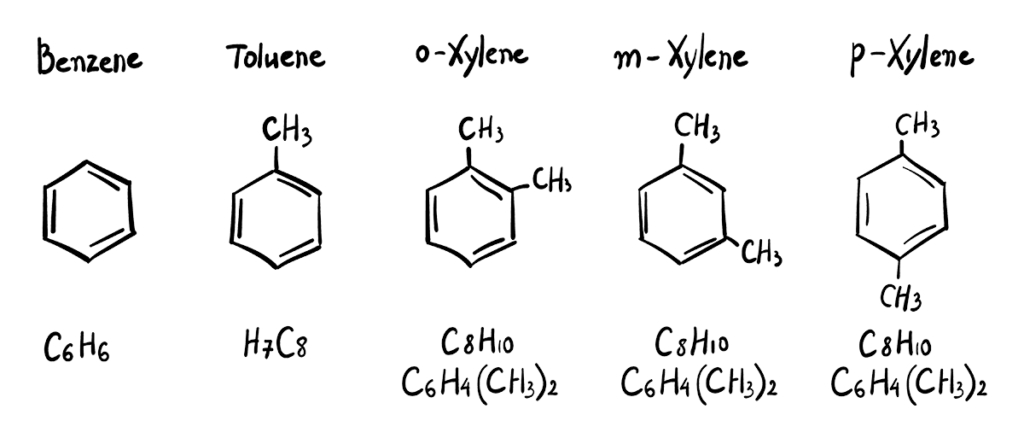
Examples of common VOCs: Benzene methyl group - benzene, toluene, o-Xylene, meta-xylene, and para-xylene.

